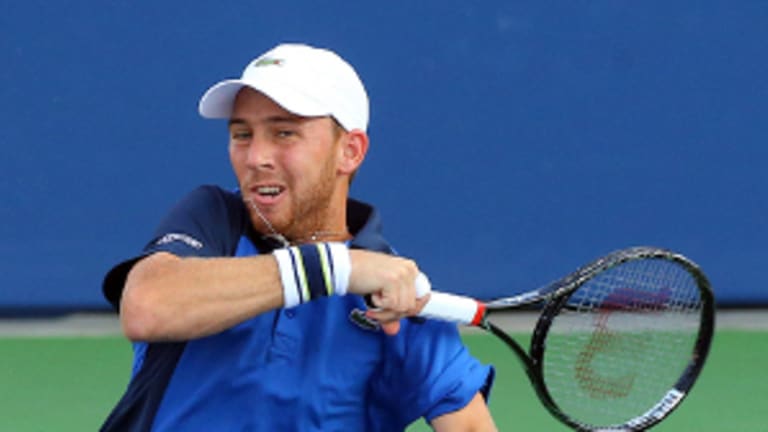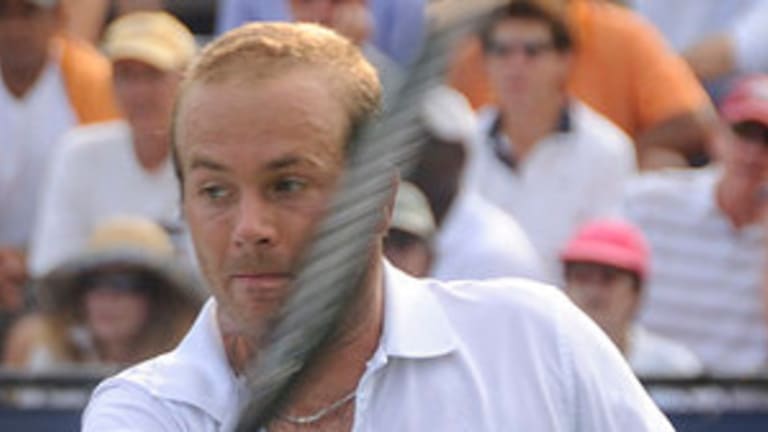Sela, an Israeli, is 29 and presently ranked No. 94. In the first round at Atlanta, he waxed Donald Young, 6-3, 6-0—an embarrassing blow for the American, who had crushed Sela by a comparably lopsided score at Roland Garros this year. Worse yet, Young lives in Atlanta; he was playing before some of his most ardent supporters.
How does a player turn it around so dramatically, from one match to the next? It’s a good question that likely never will be answered, and we probably don’t want answered anyway. This is one of the main reasons we follow and watch sports. Each day is just new enough to ensure that anything can happen, even if most of the time it won’t. No enterprise for the determined player is utterly hopeless. Every player is a web of mental, emotional, and physical properties that interacts differently with the web from which every opponent is made.
Thus, small men survive in tennis.
Our attempt to analyze the periodic David and Goliath match-ups in the game begs for us to reach into issues of character and employ words and phrases like “heart,” or “mental strength,” or “indomitable will,” all of which are frequently applied to the biggest little man of them all, 5’9” David Ferrer.
But apart from its religious meaning, the David (not Ferrer) and Goliath parable itself is a cautionary tale warning us not to read too much into differences in size and the implied disproportion in power. David did not slay Goliath because he had more “heart” or a stronger will. He killed the giant because he was a crafty little devil whose aim with a stone and sling was outstanding.
This leads us back to the realm of the physical in tennis, and how certain aspects of the game play into the hands of the smaller players like Ferrer or Olivier Rochus, who lists himself in the ATP media guide as 5’6”. Other sources have him at 5’5”, but by any standard he’s the shortest player to thrive on the ATP World Tour in recent years (he’s 33 years old now, out of the Top 500, but still plugging way in qualifiers and Challenger events).

